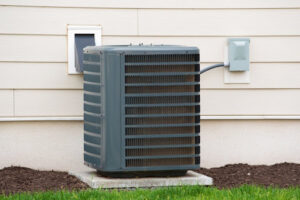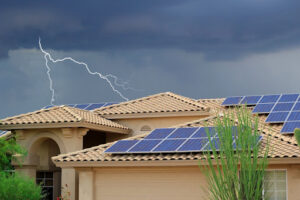
What Size Central Air Conditioner Do I Need?
When the heat of summer sets in, a central air conditioner becomes more than a luxury — it’s a necessity that stands between comfort and
How green is your home? The cost of electricity continues to rise, as does its negative impact on the environment. About 44% of the energy produced in America is generated by coal*, which is unsustainable and a huge source of greenhouse gas emissions. We’ve compiled a list of smart ways to save on your monthly utility bills and reduce your carbon footprint:

When the heat of summer sets in, a central air conditioner becomes more than a luxury — it’s a necessity that stands between comfort and

Every homeowner has experienced it at one point or another: the water in the sink takes forever to drain, the shower floor is covered in

Lightning strikes can be a terrifying experience for any homeowner. The powerful boom and bright flash are unmistakable, leaving you to wonder about the safety